Let's just see a bit about the history of MVVM:
MVVM was originally defined by Microsoft for use with Windows Presentation Foundation (WPF) and Silverlight, having been officially announced in 2005 by John Grossman in a blog post about Avalon (the code-name for WPF). It also found some popularity in the Adobe Flex community as an alternative to simply using MVC.
In recent years, MVVM has been implemented in JavaScript in the form of structural frameworks such as KnockoutJS, Kendo MVVM and Knockback.js, with an overall positive response from the community.
Meanwhile, You are right, AngularJS was closer to MVC (or rather one of its client-side variants), but over time by many refactorings and API improvements, it's now closer to MVVM – the $scope object could be considered the ViewModel that is being decorated by a function that we call a Controller.
The software behaviors that are common to MVC, MVP, and MVVM are:
1)Data Layer / Business Logic (Model): This is the behavior which applies the business logic to the application's data
2) Presentation Layer / UI ( View ): View is responsible for the visual presentation of the application.
3) Application Logic ( Controller, Presentation or View Model ): This behavior holds the logic that implements the interaction between the model and the view.
MVVM
MVVM provides a clear separation between the UI and application logic.
Client-side library:Knockout.js, Kendo (MVVM)
Server-side library: Silverlight ,Windows Phone apps,Adobe Flex or Tanuki which is an MVVM-inspired web framework that fancies idiomatic Ruby, DRY and extensibility by its design, or another example would be The WebCore 3 PHP framework which is a platform-independent framework that uses the MVVM pattern.
So I would say this is not correct to say that a specific pattern is just for Client or Server side, It's totally related to the framework that we are using or probably environment that we are going to establish for our project whether in Front or in Back-end development.
Documentation: Here

Please read this article
Interesting Article for AngularJs MV*


